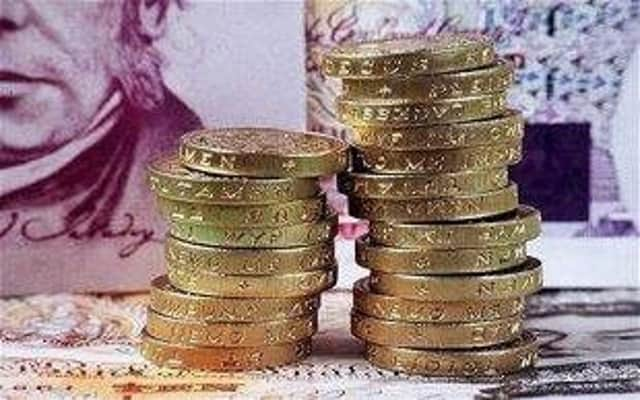DAERA Management Notes: Finance


But how do you decide if it is the right thing for your business?
The Farm Business Improvement Scheme offers farmers the opportunity to apply for grant aid for their farm. The Capital Scheme has two separate tiers – Tier 1 and Tier 2 with the grant rate of funding for both tiers set as 40% of eligible costs.
Advertisement
Advertisement
l Tier 1 is for projects costing from £5,000 - £30,000 (eligible costs) and is primarily aimed at the purchase of equipment and machinery readily available to farmers and growers.


l Tier 2 is for projects costing from £30,000 - unlimited (with £250,000 maximum grant) and is primarily for construction projects and the purchase of higher value equipment linked to the needs indentified in the farmer’s business plan.
More details on the scheme and how to apply can be found at www.daera-ni.gov.uk
Whether you are thinking of investing £5,000 on a piece of equipment or £500,000 on a large scale building, you should ask yourself two questions:
Advertisement
Advertisement
More details on the scheme and how to apply can be found at www.daera-ni.gov.uk


Whether you are thinking of investing £5,000 on a piece of equipment or £500,000 on a large scale building, you should ask yourself two questions:
l Is the investment WORTHWHILE?
To answer the ‘worthwhile question’, you need to consider whether the investment is worth the time, money and effort involved. It is vital that you base your thinking on the realistic performance of your business. No one is better placed to work out whether an investment is worthwhile, than the person managing the business. However, it is good to take a step back and consider things carefully. The Capital Scheme application requires you to submit a business plan to show the impact of the investment. You will need to explain the benefits it will bring over the coming years weighing this up against the costs. Work this out firstly in cash terms using whatever financial and physical records you have for the business as a starting point. Benchmarking figures or other management accounts, including your accountant’s report, are important other sources of information. You then need to weigh up any non-financial implications, for example will there be any change to the labour requirement, animal welfare improvement, environmental issues or health and safety? The financial and non-financial implications have to be looked at together in order to make a decision on whether the investment is worthwhile.
l Is the investment FEASIBLE?
Can you afford to make it happen? No matter how good an idea is, if you can’t afford to pay for it, it shouldn’t happen. By completing a cash flow forecast, factoring in the financial costs and benefits of the investment, you will see how it will impact your business. For smaller purchases, a one year cash flow may suffice, but for large projects you should take a longer view, showing the cash flow implications for several years. Any Tier 2 applications, for projects over £30,000 worth of spend, will have to include a five year cash flow plan.
Advertisement
Advertisement
Your bank or other lender has a key role to play in answering this question. Even if you are successful in securing a grant of 40%, the other 60% has to be paid for. Your bank must be satisfied that you are able to cover the 60% and there is the facility in place to do so. The business will also have to cover the full cost of the investment in the short term, until the grant is paid, (including the VAT). Cash flow remains a real challenge to farm businesses and in some cases may be the stumbling block that stops investment happening at this time. Your bank may also require a cash flow or business plan to help them assess your proposal.
Your accountant can also provide you with good advice, taking into account any tax implications or allowances that you can avail of.
The answer to either the ‘worthwhile’ or the ‘feasible’ questions may be ‘no’ at present, but circumstance could change in the future. Applying for the grant under Tranche 2, in autumn 2017 may be the best option. This would give you sufficient time to think and plan fully for your proposal, as well as completing all the necessary potential planning requirements of the project.
Summary
Any investment should be well thought out and only take place if it is both worthwhile and feasible for the business. Use your own farm data along with advice from the bank, accountant and other professionals to make an informed decision.